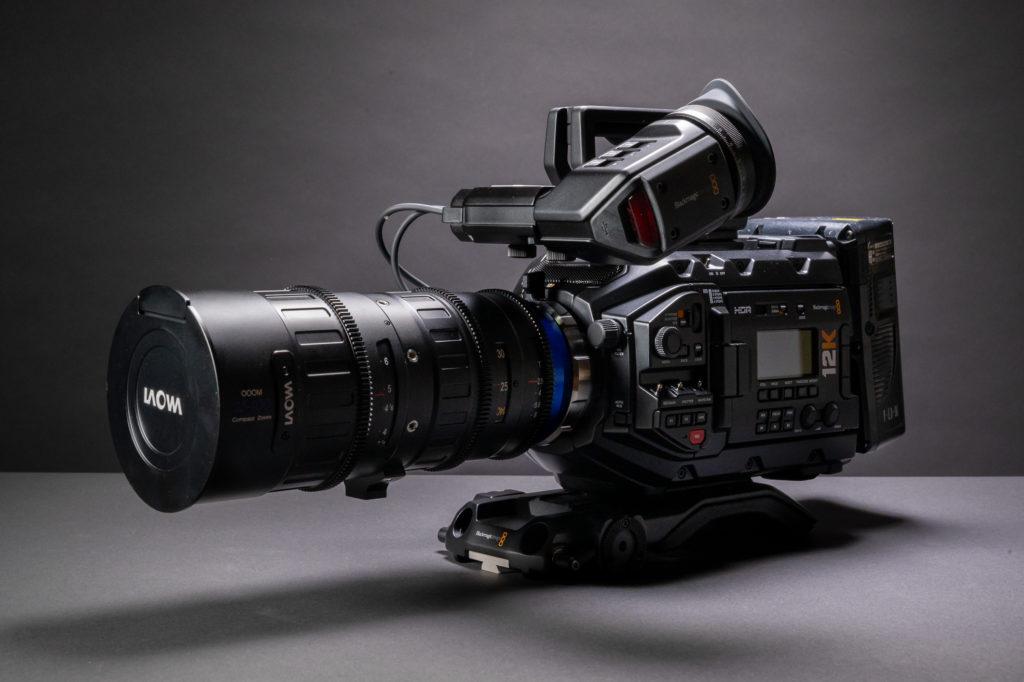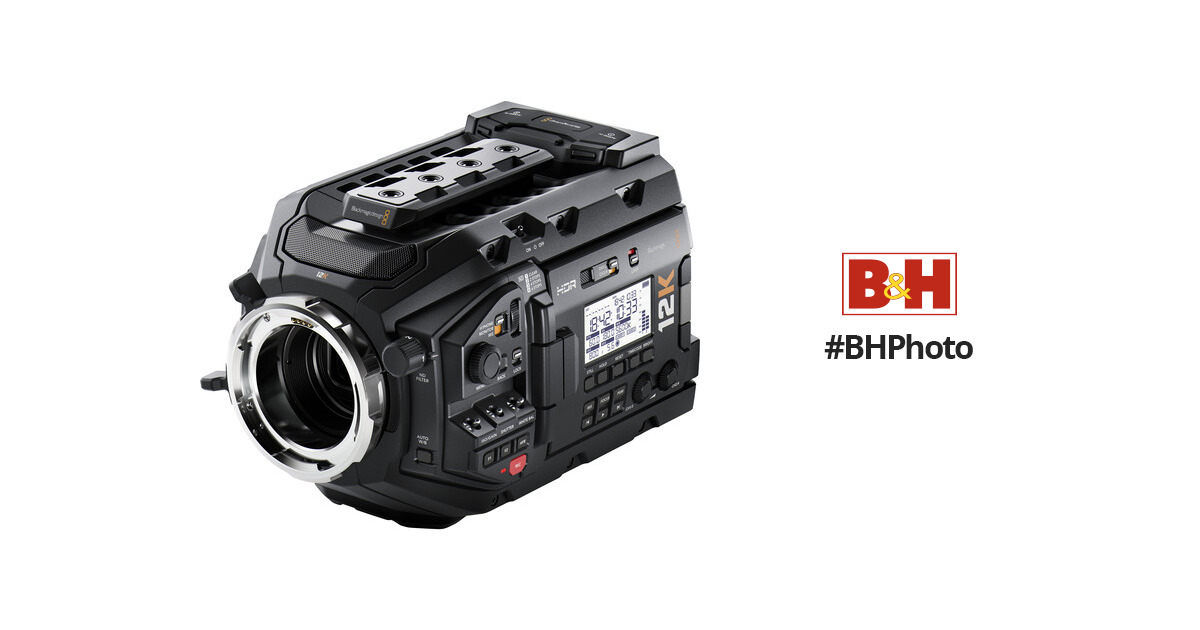
Sarcasm).įirst, you assumed that Epic Light's "tests" that going from 18:1 to Q0 compression had zero impact on image quality, so you went with 12:1. Thanks to you and Epic Light for your time and trouble in doing the tests (and having to brave those super luxurious digs in Scottsdale at Holiday Rental. I know that BMD said that they "designed" the sensor, but this looks like a Sony sensor to me color response-wise. The Ursa had IR issues (again!), moire issues, and its colors looked exactly as if from a Sony sensor. Now, regarding how things looked, the Canon colors looked way more filmic (matte and muted, as it's supposed to be for celluloid film). Hence my recommendation for the Sigma 40mm to do these tests and not random lenses, or even expensive cinema lenses that might, or might not be able to resolve the 12k resolution. So you need a lens that it's super sharp between f/2 and f/4. The Sigma 40mm is one of these, and it should have been the one tested, simply because it's one that it's known to be sharp at f/2 already, and it's easily available.Īlso, a lot of filmmakers don't know that on a super35 size sensor and 12k res, you reach diffraction at f/4 already. They're ultimately trying to improve image quality.Ī few things about the Ursa 12k: you need very sharp lenses to resolve that 12k resolution. It's why we are seeing more mirrorless cameras like the Sony a7S III start to refine the photosites of the sensor, or Canon introducing its version of dual gain output (DGO), which was first pioneered by ARRI. You can have a camera shoot 16K and the images can be absolutely terrible.

Image quality depends on the characteristics of the sensor and how the photosites of the sensor capture light and turn it into the pixels we see on screen.

On top of that, finer details can be captured, there's better bit depth color support, and it's really good for large displays.īut naturally, resolution isn't everything. It's also better for visual effects workflows or when you want to punch in without losing image quality if your final deliverable is at a lower resolution.


Generally, higher resolution provides less noise in an image. When Blackmagic Design introduced the URSA Mini Pro 12K, it led some to ask the question, "Why 12K?" It echoed a similar sentiment when RED went 8K with Monstro/Helium, and when Panavision followed with the DXL 2, which uses the Monstro sensor. We compare the URSA Mini Pro 12K, Canon R5, and Canon C500 MK II.


 0 kommentar(er)
0 kommentar(er)
